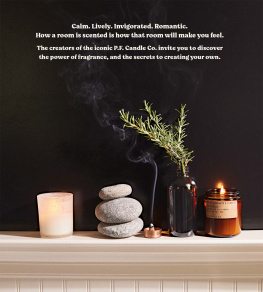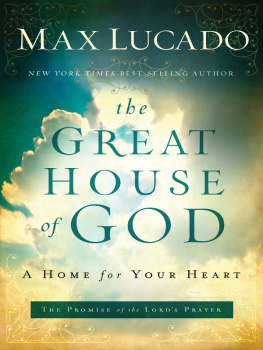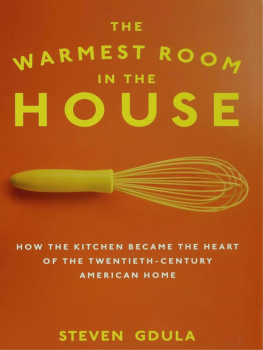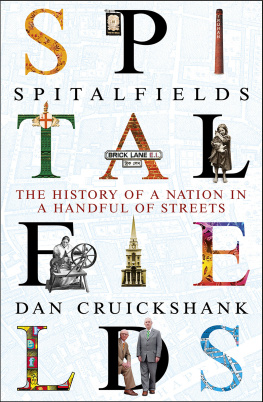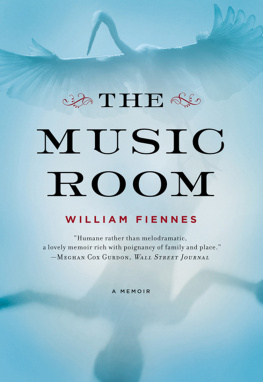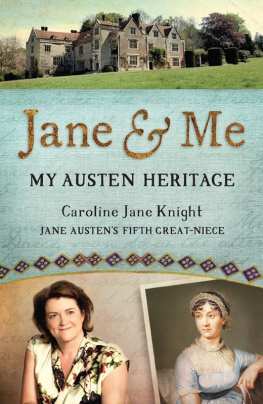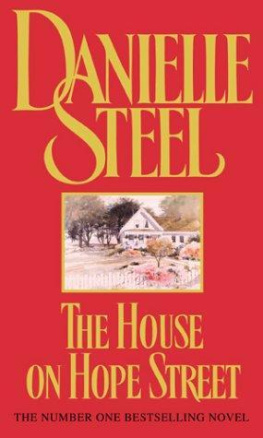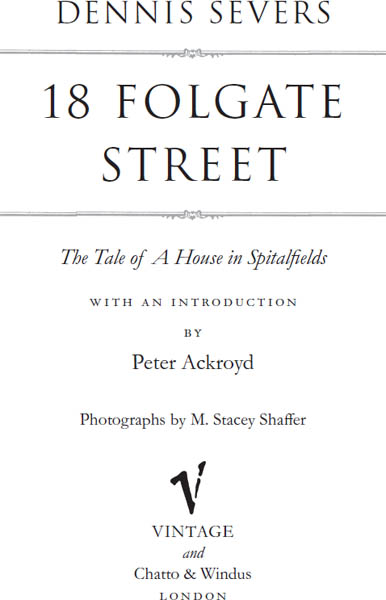This eBook is copyright material and must not be copied, reproduced, transferred, distributed, leased, licensed or publicly performed or used in any way except as specifically permitted in writing by the publishers, as allowed under the terms and conditions under which it was purchased or as strictly permitted by applicable copyright law. Any unauthorised distribution or use of this text may be a direct infringement of the authors and publishers rights and those responsible may be liable in law accordingly.
Version 1.0
Epub ISBN 9781448112517
www.randomhouse.co.uk
Published by Chatto & Windus 2001
Vintage 2002
2 4 6 8 10 9 7 5 3
Copyright The Estate of Dennis Severs 2001
The Estate of Dennis Severs has asserted its right under the Copyright, Designs and Patents Act 1988 to be identified as the author of this work
This book is sold subject to the condition that it shall not, by way of trade or otherwise, be lent, resold, hired out, or otherwise circulated without the publishers prior consent in any form of binding or cover other than that in which it is published and without a similar condition including this condition being imposed on the subsequent purchaser
First published in Great Britain in 2001 by Chatto & Windus
Random House, 20 Vauxhall Bridge Road, London SW1V 2SA
Random House Australia (Pty) Limited
20 Alfred Street, Milsons Point, Sydney,
New South Wales 2061, Australia
Random House New Zealand Limited
18 Poland Road, Glenfield,
Auckland 10, New Zealand
Random House (Pty) Limited
Endulini, 5A Jubilee Road, Parktown 2193, South Africa
The Random House Group Limited Reg. No. 954009
www.randomhouse.co.uk
A CIP catalogue record for this book is available from the British Library
ISBN 0701172797 hardback
ISBN 0099437368 paperback
All photographs M. Stacey Shaffer
Endpaper drawings by James Howett
CONTENTS
PART ONE
Out and In This House and Your Senses
PART TWO
Back and Forth This House and Your Mind
PART THREE
Up and Down This House and Your Heart
PART FOUR
In and Out This House and Your Soul
INTRODUCTION
The strange journey of Dennis Severs, who died in December 1999 at the age of fifty one, began when as a child in Southern California he discovered in books and photographs the quality of what he called English light. It was somehow warmer and richer than the clearer and dryer light he knew closer to home, and he followed it inevitably and ineluctably until it brought him to a narrow street in Spitalfields several years later. Here the house, 18 Folgate Street, finally found him. As he explains at one point in this mysterious and fascinating memoir, he had, without knowing, been collecting the contents of this dwelling ever since he was eighteen years old. So the house called to him, and he responded. Of course he had to purchase it, rackety and rundown as it was, but before he began the process of restoration he had to learn its secrets. He slept in each of its ten rooms so that he might acquire their aura or atmosphere, and he discovered that only certain objects would fit within them. He was amassing signposts to the thinking of other times, and by an extraordinary act of intuition or empathy was able to feel their collective presence. He recreated the outlines of the past, which then surrounded the visitors who came to the house in large numbers.
In that sense it can hardly be coincidence that the house was located in Spitalfields, because of all London areas it is perhaps the one most powerfully haunted by intimations of its past. It is the area of notorious darkness Sweeney Todd was born close to Folgate Street, and the entire area was once dominated by the brief but infamous career of Jack the Ripper but it has also been an area which has harboured strangers like Dennis Severs himself. In turn the Huguenots, the Jews and the Muslim Bengalis have made it their home. But it is a district whose history has now become, literally, an open secret. Recent excavations beside Spitalfields Market have revealed the various strata of London from the fourth century onwards. So Dennis Severs had found a welcoming area for his own experiment in recovering past time.
The house was to recover its origins, in other words, and he set out to furnish and ornament its rooms so that it became a living image of the eighteenth-century house which it once had been. It had its own life and personality, which Dennis Severs felt compelled to revive and maintain. He even created an imaginary family, the Gervais or Jervis family, who would occupy the rooms and thus become the embodiment or shape of the houses spirit. So he began in the cellar, the heart of darkness, where there were the scattered remains of an old hospice and leper hospital. Next to it was the kitchen, and Severs delighted in the contrast between light and shadow, welcoming warmth and chill despair. There would have been Saxon Londoners in the vicinity, and perhaps even the long dead spoke to him; he seems to have been inspired by an Anglo-Saxon vision of the world.
But Severs was also a novelist and a romancer. The house became a living story, with each of its rooms as a separate chapter. His narrative itself leads the readers forward so that they feel as if they are beside him, listening to his voice and following the direction of his gaze. There are times when he lends a material and tactile quality to the adventure so that it leaves the head and enters the body: Apply your hands to both sides of the door; crack them open at the centre, and then gently, very gently, push back both sides. What will you see, then, when the door is opened? It is a gate, a pathway , into another time. But so great is the immersion in this experience that the reader (and of course the visitor) becomes a character in the houses story. As an artist, he writes, my canvas is your imagination; by which he means that it is only in the private communing of each reader that the past can truly be said to live. It becomes an adventure of the imagination with no boundaries.
This book is also about the space between, the air between objects which becomes charged with their presence, that intangible and ineffable aura which holds being together in its capacious embrace. He describes it as a baroque painting, in three dimensions but it provides more the effect of a still life. Note, however, that the life is only still, not absent. The house in Folgate Street is not a museum piece but a living thing; it is a revenant, a retrieval, with its own laws of growth and change. As Dennis Severs used to say to his visitors, You either see it, or you dont. Those who see it are unequivocally blessed.
Here a whole past comes alive in the most minute detail; there are sound effects and physical effects so that the manner in which a man coughs, or a woman sits down on a high-backed chair, are clues to an entire civilisation. The shape of an overturned glass or half-eaten apple may intimate the contours of the past more accurately than any historical or sociological study. Yet if the past returns to us then, in that same movement of sensibility, we may return to the past. To the visitors he explained that we have only to travel in Time to find that one part of us or the other, has already got there and made itself the better part of an Age. In the experience of looking backward we may see images of our own selves, and the exploration of an ancient house also becomes the exploration of our own psyche. It has often been claimed that each house has its own personality, and Dennis Severss book sustains that theme throughout , but what if the house adopted the personality of those who walked within it? These are some of the mysteries which may be derived from his text.



